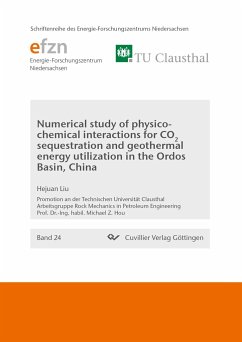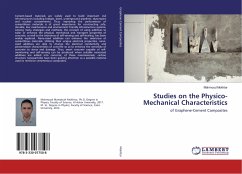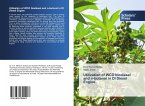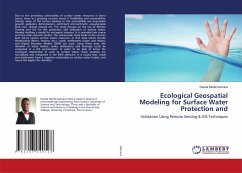In this dissertation, three simulators (i.e. TOUGH2MP, TOUGHREACT and FLAC3D) were used to simulate the complex physical and chemical interactions induced by CO2 sequestration. The simulations were done instages, ranging from the two phase (water and CO2) fluid flow (H2), through coupled hydro-mechanical effects (H2M) and geochemical responses (i.e. CO2-water-rock interactions (H2C)), to the extension of CCS to CCUS by the application of combined geothermal production and CO2 sequestration technologies. The findings of this study are essential for a thorough understanding of the complex interactions in the multiphase, multicomponent porous media controlled by different physical and chemical mechanisms. Furthermore, the simulation results will provide an invaluable reference for field operations in CCS projects, especially for the full-integration pilot scale CCS project launched in the Ordos Basin. Subsequently, a preliminary site selection scheme for the combined geothermal production and CO2 sequestration was set up, which considered various factorsinvolved in site selection, ranging from safety, economical, environmental and technical issues. This work provides an important framework for the combined geothermal production and CO2 sequestration project. However, further numerical and field studies are still needed to improve on a series of criteria and related parameters necessary for a better understanding of the technology.








